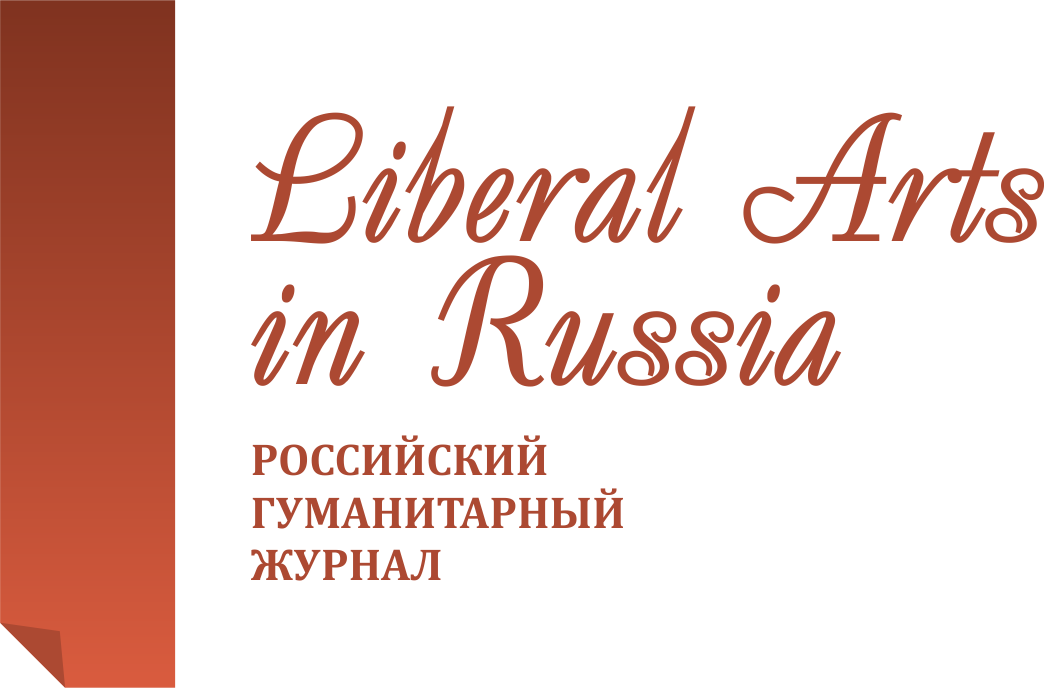The role of the artistic works of Anna Pavlova in the creation of scenic images
Liberal Arts in Russia. 2015. Vol. 4. No. 4. Pp. 282-291.
Get the full text (Russian) Email: infotatiana-p@mail.ruAbstract
The visual creativity of famous Russian ballerina Anna Pavlova is studied in the article within the context of the synthetic approach to working on stage roles. There are data on Anna Pavlova that have not been included in existing publications concerning her artistic, mainly sculptural experiments. This information provides understanding of not only professional tasks that the ballerina has set, but of the tools through which these tasks have been dealt with in a gradual process of formation of plastic dance images. At the same time, the data reflect the very essence of her unordinary poetically-plastic talent. The author systemizes and analyzes extant sculptural and graphic works created by the ballet dancer that are scattered on various, mostly private collections and often known only by copies. There are rare documentary material and sources confirming the basic conclusions of the article. The main purpose of the article is to reveal visually depictive aspects of the formation of the stage means of А. Pavlova, which have played important role in her art, to trace way to the mastery of the concrete stage subjects, which go through the mastery of plastic material. Accentuation of the synthetic sense of A. Pavlova’s heritage is determined by the fact that her sculpture has focused or refracted the dance. After mastering academic construction of form, ballerina filled it with new content provided not only by her fantasy, but also by detailed study of the phenomena of nature, plastic of organic forms. It is possible to say with confidence that the fixed image could serve as the excellent model of the study of the motives of stage behavior and dynamic manifestations of her personality in choreography. It is obvious that the study of the artistic style of A. Pavlova reveals not only her plastic uniqueness, but also the mysterious aspiration of the skill of ballerina to the embodiment of her romantic searching in the dance.
Keywords
- • sculpture
- • sketch
- • choreographic design
- • plastic thinking
- • stage role
- • ballet image
References
- Anna Pavlova. Exposition. La Dance de son Temps. Paris, 1956.
- Antonov V. Russkie novosti. 18 fevralya 1966.
- Beskin' E. Teatral'naya gazeta. 1914. No. 23.
- Dandre V. Anna Pavlova. Berlin, 1933.
- Krasovskaya V. Anna Pavlova. Leningrad, 1964.
- Catalogue of the Commemorative Exhibition organized by the London Museum. London, 1956.
- Pavlova A. Teatral'naya gazeta. 1917. No. 48.
- Portnova T. Artisty baleta i khoreografy kak khudozhniki (rol' i znachenie izobrazitel'nykh iskusstv v praktike baletnogo teatra rubezha XIX–XX vv.) [Ballet dancers and choreographers as artists (the role and value of fine arts in ballet practice on the turn of the 19th-20th centuries)]. Moscow, 1996.
- Cherepnin A. Teatral'naya gazeta. 1914. No. 35.
